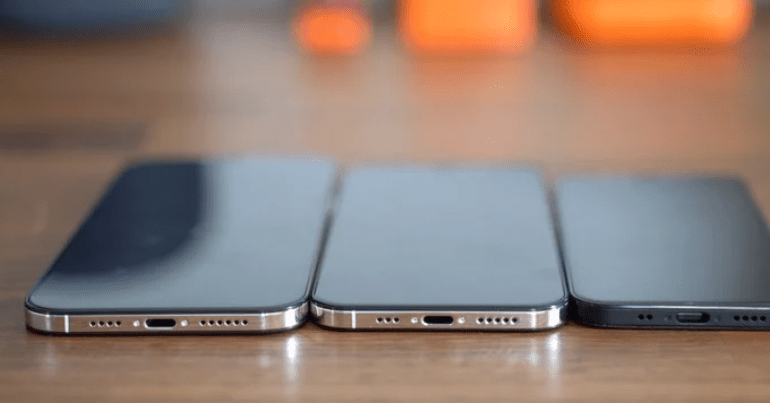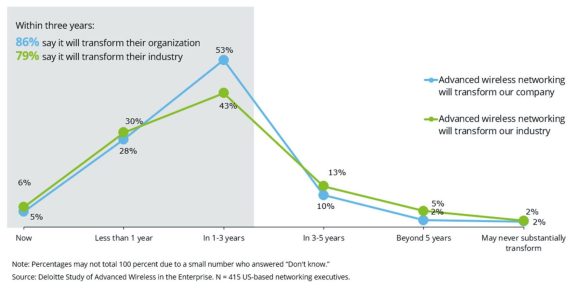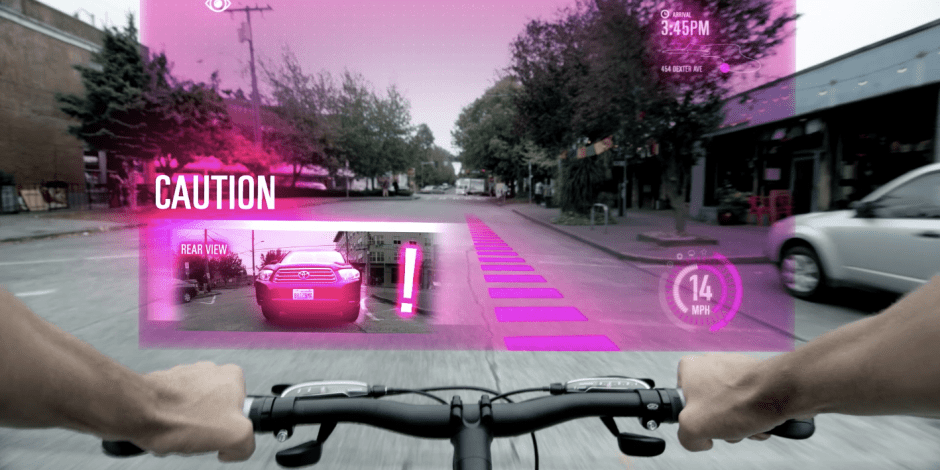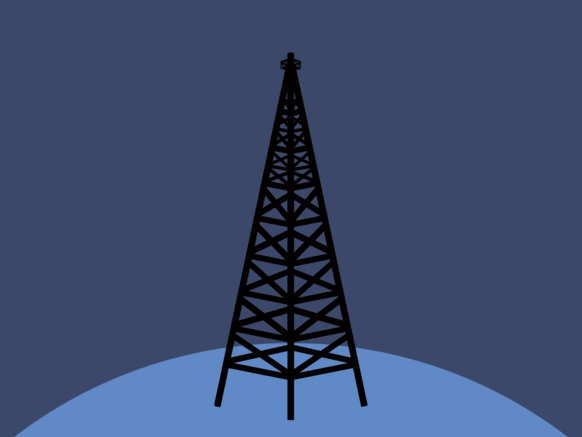5G provides quick response and loading times through low latency, transforming mobile shopping into a seamless experience.
Humans have incredible capabilities to advance the technologies around us. We’ve created transformational technologies that save lives, like MRI machines and stoplights, to revolutionary handheld technologies like the iPhone and wireless headphones.
But there’s a broader network of technology that keeps all of our pieces of tech fast, fresh, and valuable, and without it, we’d be stuck with slow loading periods and laggy connections. 5G is the latest generation of mobile networks, and it’s designed to create a new kind of network to keep us connected and efficient.
5G is the new global wireless standard, following in the footsteps of 1G, 2G, 3G, and 4G networks. 5G wireless technology should provide ultra-low latency, increased availability, higher network capacity, and more reliability.
It will change the speed of everything we do with our tech, from online gaming to making phone calls. But 5G also promises to transform how we use our mobile devices to shop online. Here’s how.
In 2022, e-commerce was responsible for more than $800 billion of revenue in the US and is projected to grow to $1 trillion next year. 5G promises to aid in that growth by meeting consumers’ computing demands, such as quick response times, fast loading, and virtual try-on.
Ultra-low latency for seamless shopping
Low latency is a characteristic of a computer network that can process high volumes of data with minimal delays. Low latency will allow us almost real-time access to digital showrooms and customer service agents.
When a page takes too long to load, consumers quickly lose interest as their willingness to wait significantly decreases. So, when e-commerce companies take advantage of low latency, they’re helping their business maintain high sales, as customers are less likely to click away from their site.
James Blake, retail consulting practice leader at Vertex, explains that low latency will help e-commerce brands meet consumer demands. He also says that companies that can meet consumer demand the fastest and the most intuitively will be the winners in the e-commerce industry.
“The goal should be an online shopping experience so fast and snappy that customers become fully engaged and immersed in the product or service as opposed to being frustrated or distracted with sluggish websites,” he says.
Justin Day, CEO at Cloud Gateway, shares the same sentiment as Blake, agreeing that companies don’t necessarily need to be the best, but they do need to be the fastest.
“Shoppers now demand instant access, and as latency improves, we lose our tolerance for any kind of perceived delay,” Day says.
And lower latency doesn’t only promise to meet customers’ demands, as 5G’s low latency will help the enterprise remain competitive and up-to-date on business metrics. Parm Sandhu, VP of enterprise and 5G products and services at NTT LTD, explains how companies can use low latency to improve customer satisfaction and enhance brand loyalty.
“5G and edge computing enable real-time logistics, such as location tracking of inventory, faster shipping, real-time product information access, and updates, all of which translate to improved customer satisfaction and brand loyalty, which translates to revenue,” Sandhu says.
Feature Image Credit: Francesco Carta/Getty Images









